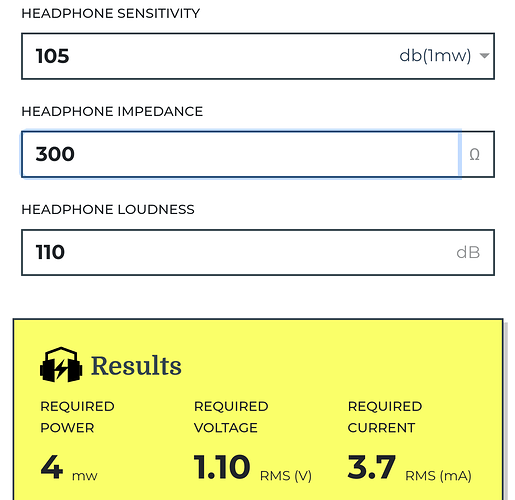TLDR answer to your actual question- no turning the volume up on the amp will actually make it more likely that you encounter clipping. There are some rare cases where increasing or decreasing the volume of your source may have some impact, but that’s going to be pretty rare.
Longer answer with explanations - There are basically two limits to the amount of power an amp can provide, the difference in electric charge between both ends of the circuit (measured in volts and commonly referred to as voltage) it’s able to generate, and the amount of current(measured in amps and commonly called amperage) it can supply. As a decent analogy you can think of voltage like the pressure of water in a pipe, and current like the amount of water flowing through the pipe. You calculate the amount of power (measured in watts and referred to as wattage) being generated by multiplying those two numbers together, for example if your amplifier is producing 2 volts and 3 amps in a given circuit, the amount of power being generated would be 6 watts.
Ok so where do ohms come in? Those are a measure of the impedance (aka resistance) of a circuit. This is basically a measure of how difficult it is for the current to move through the circuit. This is roughly analogous to the size of the pipe in our previous water analogy. The most important thing here however is that the voltage, current, and resistance are are related to each other with an equation called ohms law. That equation states that voltage is always equal to current x resistance, which means that any change in one of the three properties will impact one or both of the others. More info available here going back to our earlier amplifier operating at 2 volts and producing 3 amps, using a bit of algebra (or a calculator)we can easily calculate that it must be connected to a circuit with roughly .66 ohms of impedance.
Most (not all) amps are going to essentially provide a fixed voltage, so an increase in the resistance of that circuit would necessarily mean a decrease in the amount of current flowing through the circuit.
Ok now that we’ve gone over some of the terms here we can relate them a bit more concretely to audio amplification. Your amp will have a signal coming in from the dac that is typically 2 volts if you’re using a single-ended setup. It’s then going to increase that voltage by some amount determined by the amount of gain and where you have the potentiometer (volume knob) set to. For the sake of simplicity let’s say those end up equaling 10 volts. From there the impedance of your headphone will determine both the amount of current your amp needs to provide, and by extension, the power that will be delivered to the headphone. So let’s say you plug in a 50 ohm pair of headphones, since the amp is producing 10 volts we can take the voltage, 10, divided by the resistance, 50, and determine that you’re now drawing .2 amps of current. From there we can multiply 10 x .2 and work out that we’re delivering 2 watts to the headphones.
Why does all this matter? The first reason is that it tells us that an amplifiers ability to produce power is defined by the limits to the amount of voltage and current it can produce, and by the impedance of the headphones it is driving. For instance, if the amp can produce a large amount of voltage, but struggles to create a lot of current (an OTL tube amp would be a good example here, but many amps will struggle below 30 or so ohms as the current demand for a given power level becomes quite high) will respond better to a high impedance headphone because it will be able to provide that higher voltage without running into limitations due to the amount of current it can produce. These rules also explain why most amplifiers generate progressively less power into higher impedance headphones, as the impedance rises the amount of power generated for a given voltage drops. The last reason I’ll mention this all matters is that when talking about very low impedance headphones is that producing large amounts of current is rather more difficult than generating high voltages, and in many amps will generate significantly more distortion than a typical load even if they can technically supply the amount of current being demanded.
Going back to your original question, increasing the volume on the amp is essentially increasing the voltage being applied to the headphones, this increases the amount of power being delivered, but has no impact on the amps ability to deliver current. For our final example, let’s say you have an amp capable of delivering .1 amp of current connected to a 200 ohm headphone with its volume set to halfway up the scale, and that this hypothetical amp is producing 14 volts in that scenario. This would mean that the amp is producing .07 amps of current and just a bit shy of 1 watt of power. Raising the volume to the point that it was producing 25 volts would mean that it would need to make 1.25 amps of current, which is beyond its capabilities, and would cause the amplifier to “clip” which is a severe distortion effect created when the amp can no long produce the entire range of the waveform representing the music.
Hope that helps to clarify what these various terms and stats refer to.
